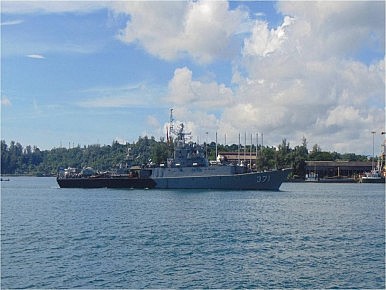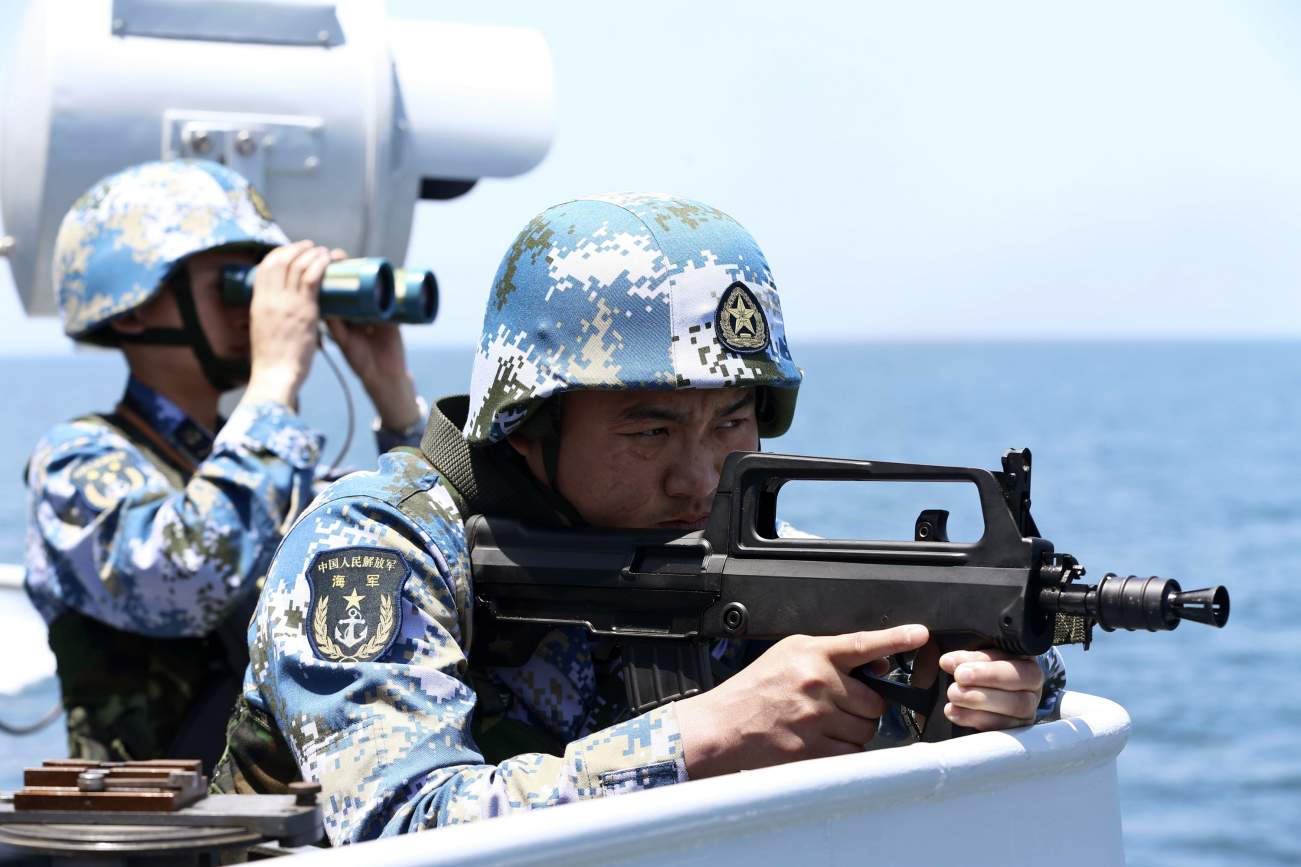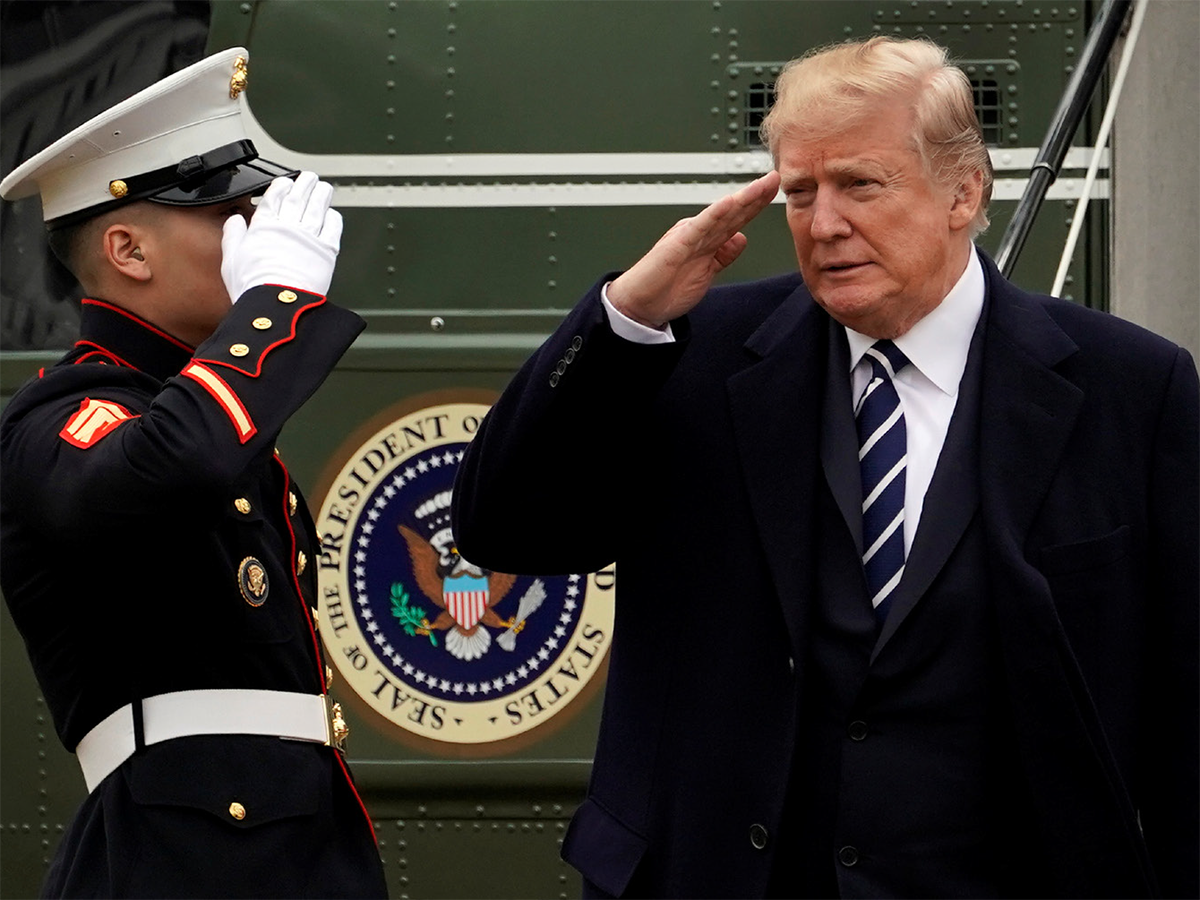By Rajeswari Pillai Rajagopalan
 The Indian and Indonesian navies have just begun their 33rd coordinated patrol exercise from the Andaman and Nicobar Islands, and it will go on until April 4. The exercise includes the Indonesian Naval Ship KRI Sultan Thaha Syaifuddin and Maritime Patrol Aircraft CN-235, along with Indian vessels and aircrafts, with the two militaries undertaking patrolling on their respective sides of the 236 nautical miles long International Maritime Boundary line.
The Indian and Indonesian navies have just begun their 33rd coordinated patrol exercise from the Andaman and Nicobar Islands, and it will go on until April 4. The exercise includes the Indonesian Naval Ship KRI Sultan Thaha Syaifuddin and Maritime Patrol Aircraft CN-235, along with Indian vessels and aircrafts, with the two militaries undertaking patrolling on their respective sides of the 236 nautical miles long International Maritime Boundary line.
Simultaneously, the Indian Coast Guard ship INS Vijit is undertaking a four-day visit to the Indonesian port of Sabang in a further demonstration of the increasingly close maritime collaboration. India’s growing involvement in Sabang port has been seen over the past year – last July, another Indian naval ship, INS Sumitra, had also visited Sabang.
These developments underscore the close maritime cooperation between the two countries over the past few years, and their widening defense relationship more generally. While the close relationship between the two countries in some senses is not new – they were both champions of the Non-Alignment Movement (NAM) in the 1950s for instance – strategic alignment had been far from clear, and the defense aspect of that has only begun to take off more in recent times.

/arc-anglerfish-arc2-prod-mco.s3.amazonaws.com/public/UUFKVVTECRG63E7CND7R5U7Q7Q.jpg)













/arc-anglerfish-arc2-prod-mco.s3.amazonaws.com/public/3CLQQQGCXZFUVHHHKDE2EQYZVM.jpg)
/arc-anglerfish-arc2-prod-mco.s3.amazonaws.com/public/HYP5ASX3DFAGBDXXEU7D5UOYDA.jpg)
/arc-anglerfish-arc2-prod-mco.s3.amazonaws.com/public/5UELRXZRLNBDNHHGO3XLZJEAMA.jpg)

